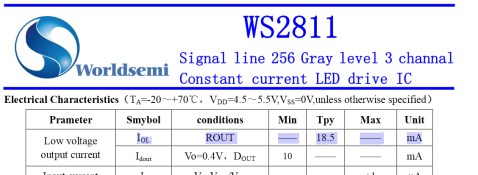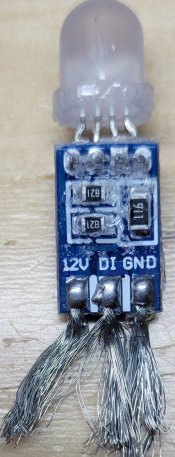Hi,
The rule of thumb for 12 pixels is to Power Inject approx every 100 pixels.
A 350 watt 12v power supply roughly can power 480 pixels at 100%.
If I had say 5,000 pixels, at 12 volt, I would need 5,000 dived by 480 which equals 10.5 power supplies (350 watt).
I would have to Power Inject, every 100 pixels, to have full white at 100%
Do I then have to add extra 350 watt 12 volt power supplies to do allow for the Power Injection very every 100 pixels,
I understand I can reduce the brightness, and wire gauge can make a difference, but for a rule of thumb how do I do the maths
Am I interpreting it the wrong way.
The reason for the question is to work out approx how many power supplies I would need over a given amount of pixels
Thank Deblen
The rule of thumb for 12 pixels is to Power Inject approx every 100 pixels.
A 350 watt 12v power supply roughly can power 480 pixels at 100%.
If I had say 5,000 pixels, at 12 volt, I would need 5,000 dived by 480 which equals 10.5 power supplies (350 watt).
I would have to Power Inject, every 100 pixels, to have full white at 100%
Do I then have to add extra 350 watt 12 volt power supplies to do allow for the Power Injection very every 100 pixels,
I understand I can reduce the brightness, and wire gauge can make a difference, but for a rule of thumb how do I do the maths
Am I interpreting it the wrong way.
The reason for the question is to work out approx how many power supplies I would need over a given amount of pixels
Thank Deblen




